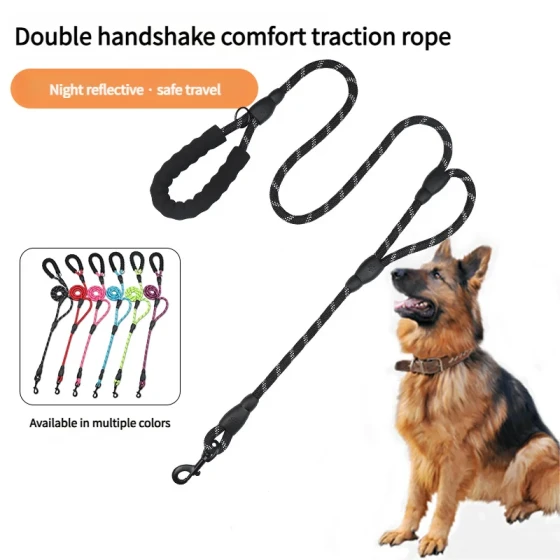How to Train a Pug? It All Follows a Routine
The Pug is another dog breed originally from China. The chubby Pug is very cute, and its temperament is very gentle, making it perfect as a family companion dog. However, for the Pug to become your ideal companion, it still requires the owner's careful training. So, how should you train a Pug? Let me explain.
We often say pet training should start early. Some dogs can begin some basic daily training after one month old. Actually, Pugs can also do this. After one month, they can start training for daily routines such as eating, toilet habits, and sleeping. These things happen every day and need to be done daily. When the Pug is young, it may not remember these trainings or may resist a bit, but these daily trainings don’t have to be strictly scheduled each day. It is recommended to perform the same actions repeatedly every day. Over time, this will form a habit and develop good living habits.
Some specific training can start after the Pug is six months old. The exact time can vary depending on the individual Pug. Some Pugs have better acceptance ability and can roughly start some training around five months old. Others who are less receptive may start training a bit later, but not beyond six months. When the Pug grows older, its behavior is less controllable, and the older it is, the harder the training becomes.
Everyone knows training a pet requires a lot of patience and time. When training a Pug, time should be well controlled. You can train several times a day, but each session should not exceed 15 minutes. Exceeding this time may make the Pug impatient, making future training difficult. On the other hand, if each training session is too short, the Pug won’t remember it before moving on to other things, resulting in poor memory of the training and inability to complete it well.
We all know that to make a pet obedient, rewards and punishments must be clear. This plays a crucial role in training, acting like the finishing touch. But how to implement clear rewards and punishments is also a study. You cannot over-praise the Pug primarily to avoid developing a self-centered or arrogant personality. Although Pugs do not understand human language, they understand human intentions. Over-praising or rewarding them excessively will make the Pug conceited. When punishing the Pug, it should be stopped and punished before it makes a mistake. This method is more effective than punishing afterward and makes it easier for it to remember. Moreover, physical punishment should never be used on a Pug or any pet, as it is not recommended at all.
Training a Pug is similar to training other dogs. Since Pugs are intelligent and have good acceptance ability, training is not very difficult. As long as you master the correct methods and teach according to the individual, your Pug will become excellent~~~



